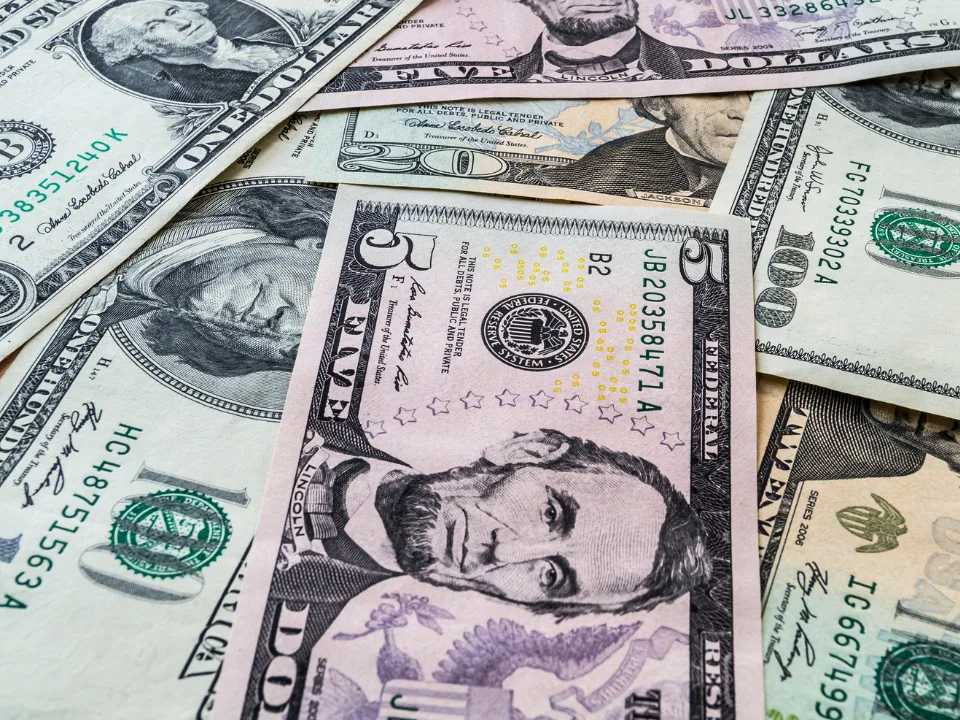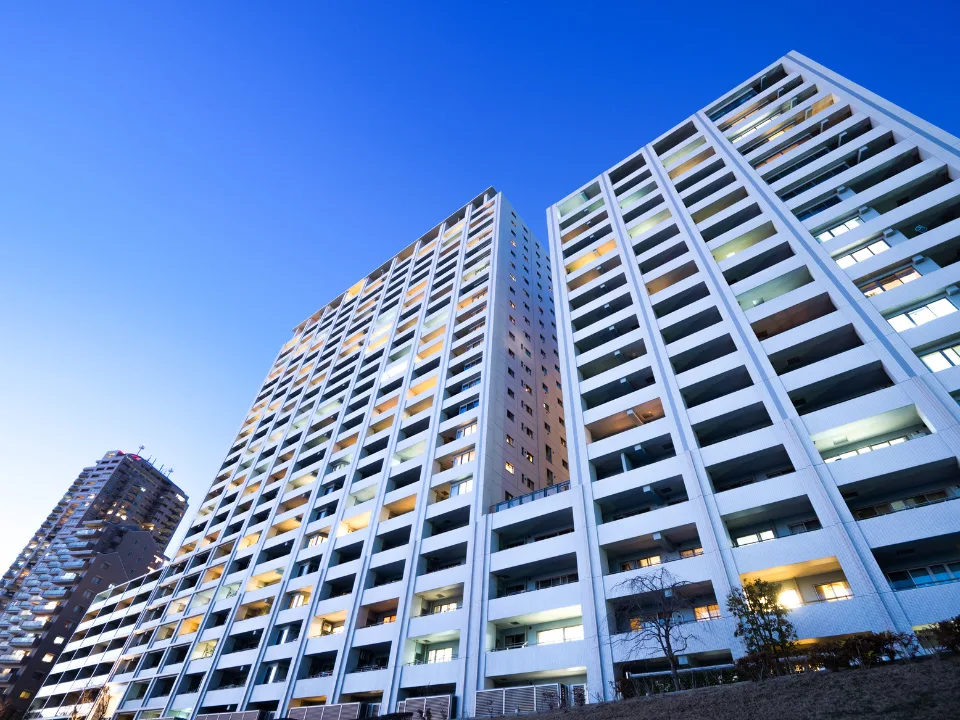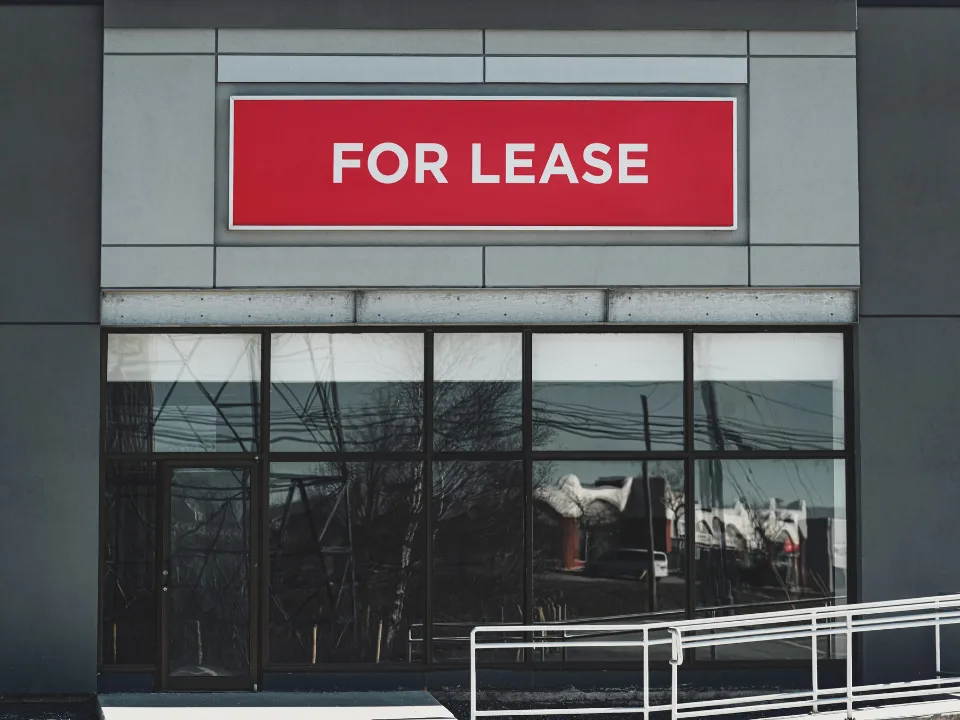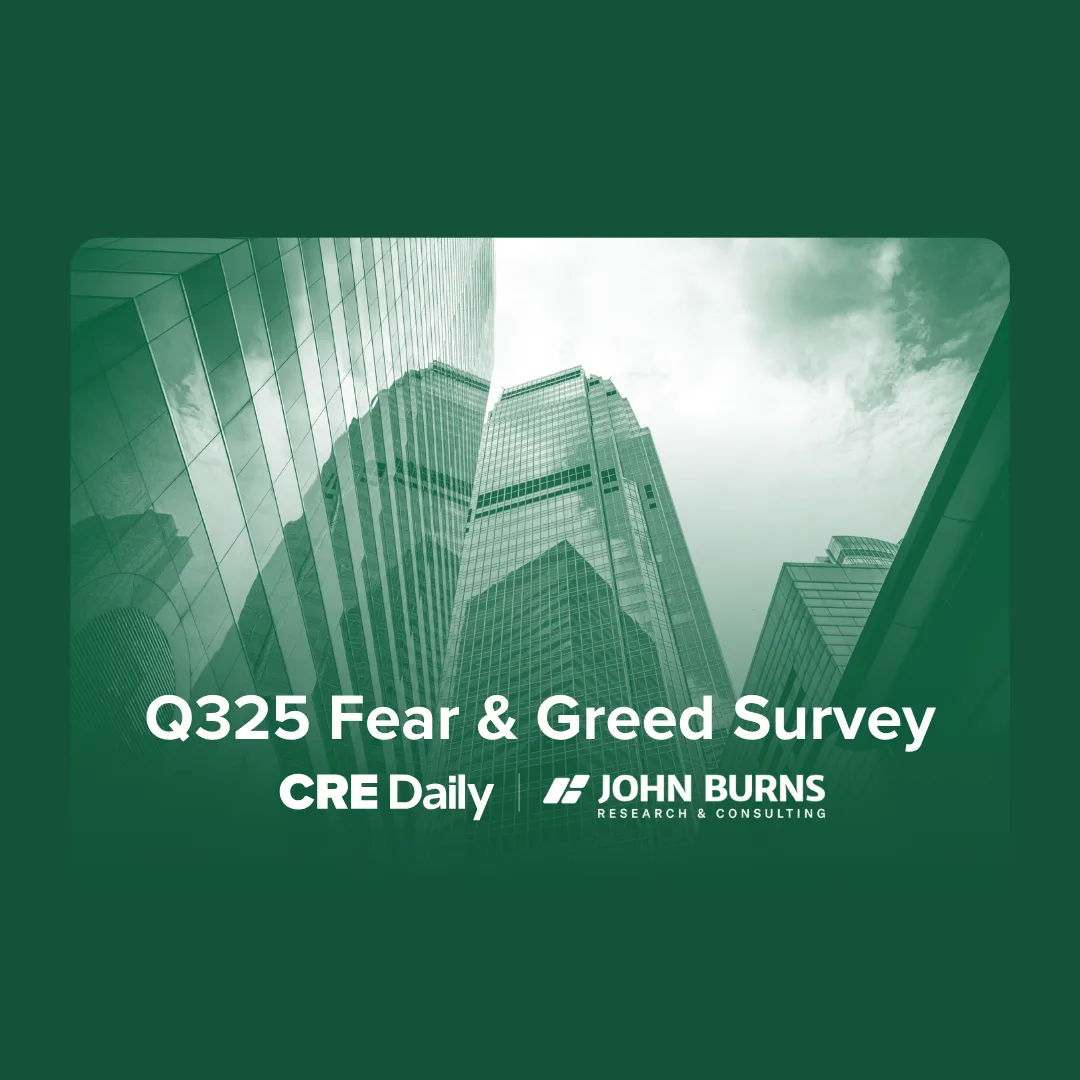- The US dollar declined over 10% in the first half of 2025, making American commercial real estate more affordable to foreign investors — but also riskier.
- Some global investors are expected to return to US CRE, especially in gateway markets like Miami, L.A., and Houston, while others hesitate due to elevated hedging costs and economic volatility.
- Experts say the weaker dollar reflects waning confidence in the US macroeconomic outlook, driven by deficit concerns, trade policy shifts, and uncertainty under the Trump administration.
A Currency in Decline
The US dollar has lost more than 10% of its value against a basket of major trading partner currencies so far this year, according to NBC News. This weaker dollar is largely the result of growing fiscal policy concerns and waning investor confidence, marking one of the steepest midyear declines in recent memory, per Bisnow.
Rachel Szymanski, chief economist at Trepp, attributes the drop to macroeconomic instability and doubts about the US government’s fiscal sustainability, especially in light of the proposed “One Big Beautiful Bill Act,” which could add $3.3 trillion to the national deficit over the next decade.
Investor Reactions Are Split
For some foreign investors, the drop in the dollar spells opportunity. Joe Berko, CEO of Astor Realty Capital, calls the US “on sale” and says European investors — particularly from Israel — are showing renewed interest in American multifamily properties.
Others remain cautious. Sovereign wealth funds and institutional players are facing rising hedging costs, which can shave 2–3% off returns. “That adds up,” said Tom Taylor, senior research manager at Trepp.
Get Smarter about what matters in CRE
Stay ahead of trends in commercial real estate with CRE Daily – the free newsletter delivering everything you need to start your day in just 5-minutes
Gateway Cities Stand to Gain
Despite the risks, core US CRE markets may still see a rebound in foreign investment. David Flores of Houston-based Impex Capital Group says cities like Miami, Los Angeles, and Houston continue to draw interest due to existing global investor networks and relative ease of doing business.
But not all funds are rushing back. Some are exploring new markets altogether. Tanuja Adiani of IQ-EQ says clients are “educating themselves” on alternative regimes outside the US, though they aren’t pulling out just yet.
Why It Matters
While falling property prices and a weaker dollar make US CRE more attractive on paper, rising hedging and policy-related risks complicate the outlook. The dollar’s drop is not a clear-cut buying signal — it’s a reflection of deeper economic uncertainty.
“We’re still on stable ground,” Szymanski said, “but it’s pushing us further toward the edge of the cliff.”
What’s Next
Watch for increased foreign investor interest in select US cities, particularly in value-add and multifamily sectors. But with trade policies in flux and the dollar’s trajectory uncertain, many players may remain on the sidelines — at least until confidence improves.


















